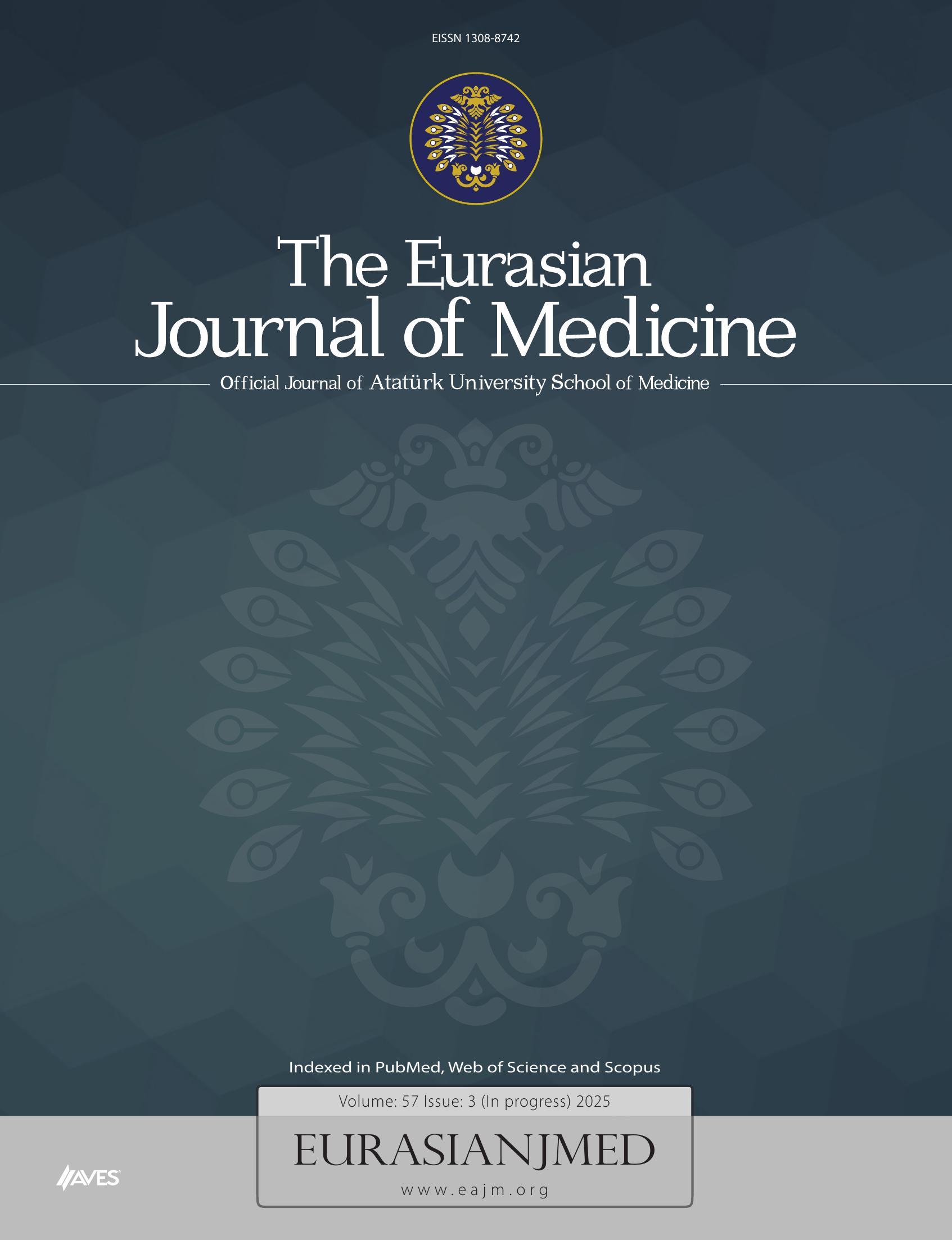Abstract
Nonsteroidal anti-inflammatory drugs (NSAIDs) are commonly used for their anti-inflammatory, analgesic, and antipyretic effects. NSAIDs generally work by blocking the production of prostaglandins (PGs) through the inhibition of two cyclooxygenase enzymes. PGs are key factors in many cellular processes, such as gastrointestinal cytoprotection, hemostasis and thrombosis, inflammation, renal hemodynamics, turnover of cartilage, and angiogenesis. Interest has grown in the various effects of NSAIDs during the last decade. Epidemiological studies have revealed the reduced risk of several cancer types and neurodegenerative diseases by prolonged use of NSAIDs. Recent advances in the understanding of the cellular and molecular mechanisms of NSAIDs will accelerate the processes of discovery and clinical implementation. This review summarizes the molecular mechanisms of NSAIDs on the body systems.
Cite this article as: Gunaydın C, Bilge SS. Effects of nonsteroidal anti-inflammatory drugs at the molecular level. Eurasian J Med 2018; 50: 116-21.

.png)


.png)
.png)